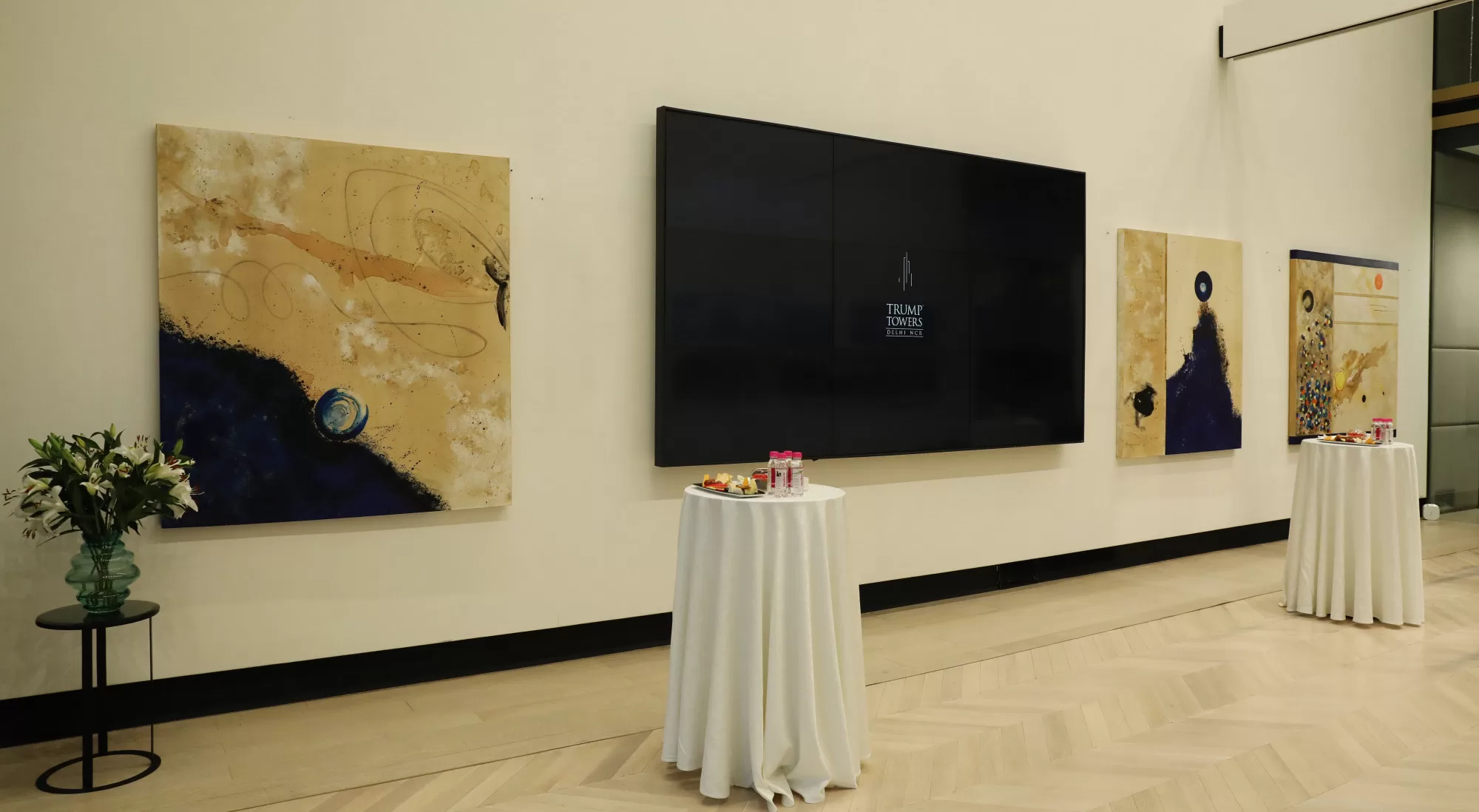Visual art refers to any form of art that is primarily visual in nature, meaning it is created to be seen rather than heard, touched, or tasted. Creative artistic expression can communicate emotions, ideas, and stories through the use of colour, form, texture and composition. It is often used to reflect cultural, historical events and conceptual ideas to viewers.
The primary examples of visual art include painting, sculpture, drawing, photography, printmaking, and installation art. Visual artists use a variety of mediums, such as oil or acrylic paint, charcoal or graphite, clay, metal, or found objects for artwork. Moreover, it is created on several surfaces, such as canvas, paper, walls, or digital screens. Further, visual art is exhibited in galleries, museums and other public spaces to view and appreciate by a wider audience. Aesthetic visual art plays a vital role in shaping our understanding of the world around us and can inspire us to see things in new and different ways.
Main mediums of visual art
Visual art is a highly versatile and diverse form of artistic expression. It encompasses several mediums, techniques and styles that allow artists to create unique and powerful visual experiences. The common mediums of visual art include painting, drawing, sculpture, printmaking, photography, and digital art.
Each medium has its own unique properties and techniques that allow artists to create distinct visual experiences. For example, Aarti Zaveri relies on the use of colour, form and texture to create visually engaging paintings. At the same time, she uses found objects to create interactive and inspiring installations. For the Fragility of Habitat installation, the emerging visual artist in Delhi used plastic bottles, bamboo and jute to convey messages to viewers. In this way, she depicted viewers about environmental degradation and the urgent need to adopt sustainable development to save Mother Earth for future generations.
Visual art styles
As stated earlier, visual art encompasses a wide range of styles, from realism and impressionism to abstract and conceptual art. Each style has its own unique characteristics and techniques that allow artists to express their ideas and emotions in different ways. For instance, artists using realism seeks to depict the world as it appears to the eye, while abstraction seeks to create visual elements to deliver a unique visual experience.
Visual artists communicate ideas and emotions
One of the unique features of visual art is its ability to communicate complex ideas and emotions through visual means. Art can communicate universal themes and emotions that people from all backgrounds and cultures can comprehend. It can also convey a sense of time and place, capturing moments of personal experiences and other emotions. In other words, visual art capture moments and preserves them for future generations. In this way, visual artists share their experience of natural beauty, complex human emotion and other concepts. Aarti Zaveri, a visual artist in India, has explored herself through the LIFE (+-) and SECOND SELF paintings.
Key Takeaways
Visual art is unique and aesthetic from other art forms. At the same time, visual elements used in this art can communicate ideas and emotions. Further, it is created in several mediums and techniques that can break language and cultural barriers.

